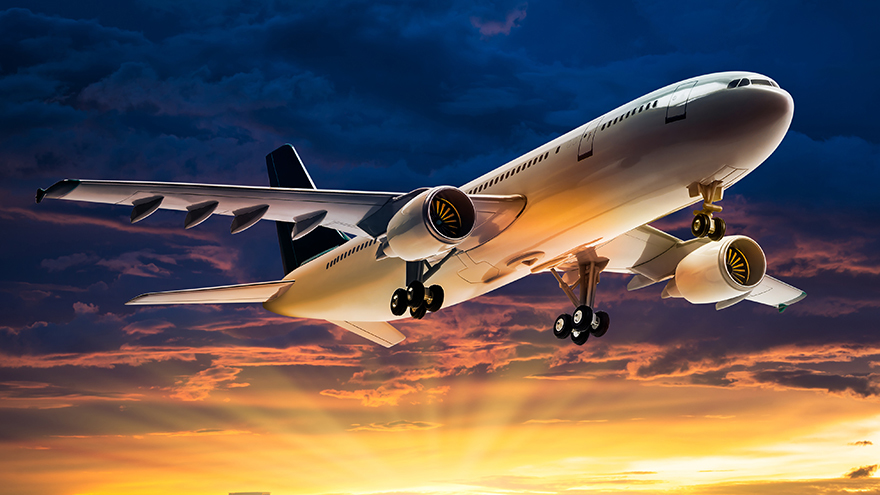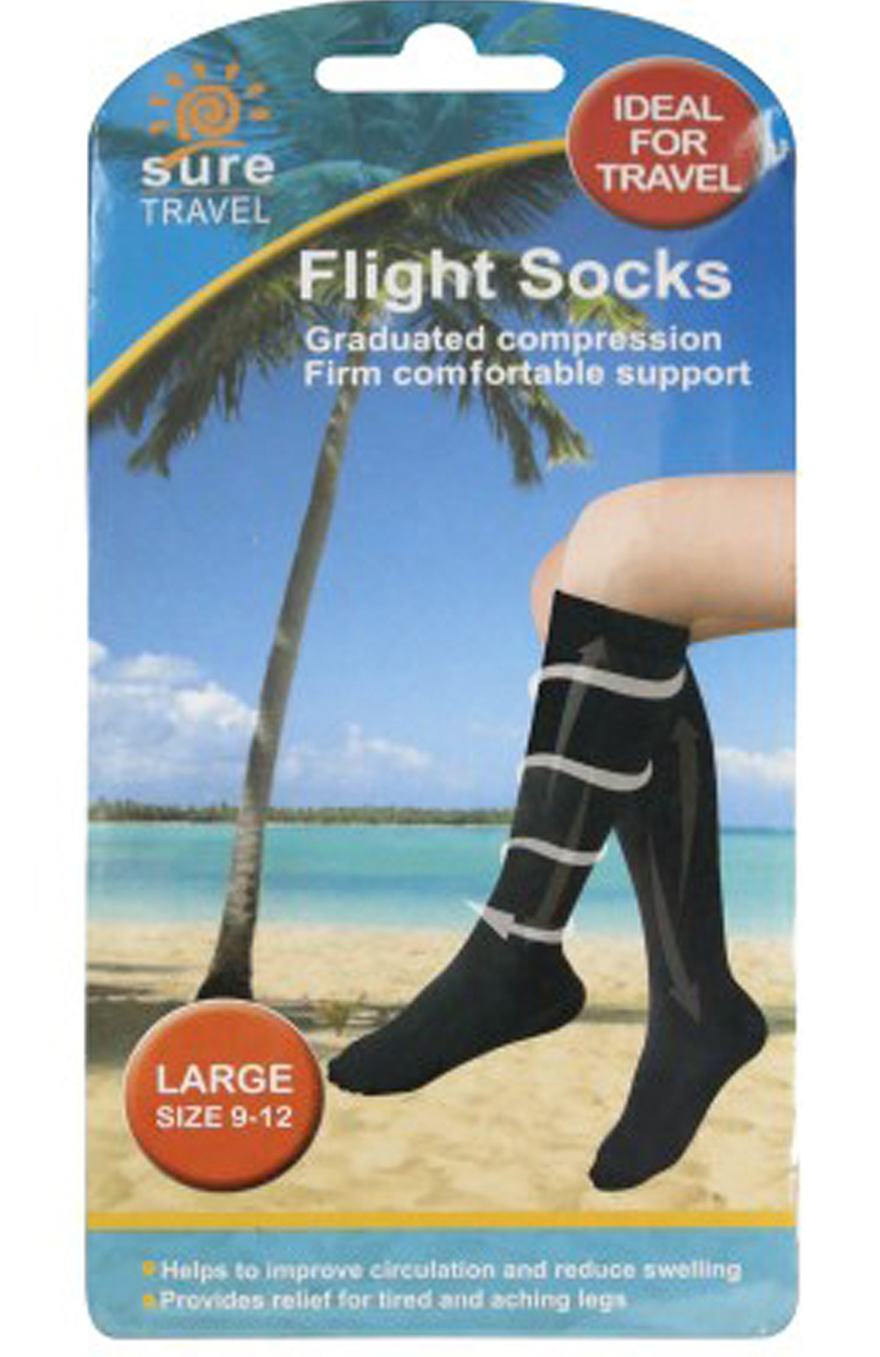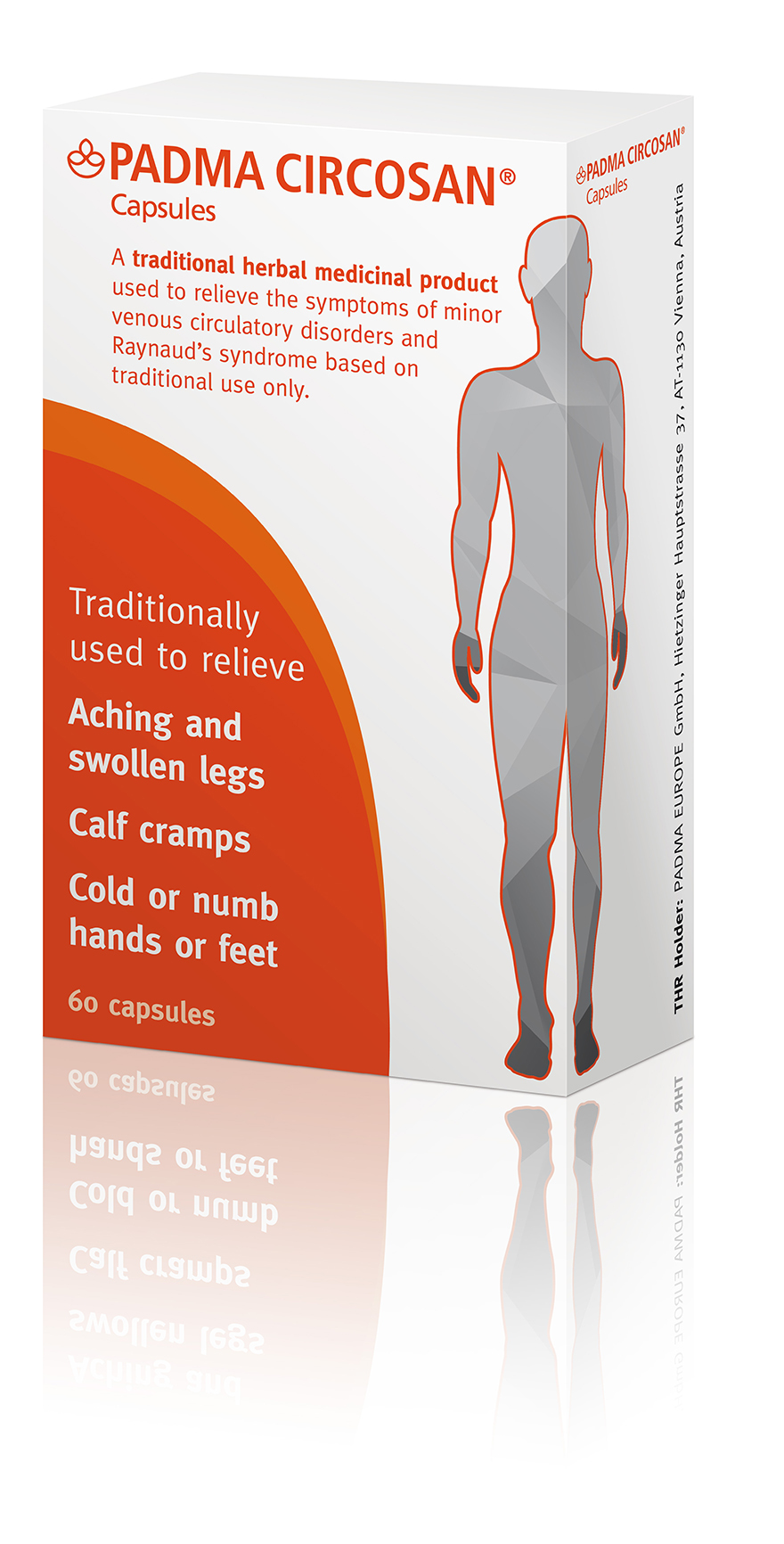Long-haul Health Tips

As the temperatures start to drop in the UK, so the great winter getaway begins. With the Caribbean islands, Miami and South Africa being some of the most popular winter sun destinations, the likelihood is that you will be in it for the long-haul as the average minimum flight time to warmer winter climes stands at about four hours thirty minutes at the very least.
For those with poor circulation, being seated for a long time on flights longer than four hours can not only increase the risk of developing blood clots and Deep Vein Thrombosis, it can also prevent efficient circulation of oxygenated blood around the body, causing aching and swollen “heavy” legs.
Pharmacist Jagdeesh Cheema, whose experience spans both community and hospital settings and who is now the Superintendent Pharmacist at allcures.com, has put together some tips on how to help alleviate the effects that long-haul travel can have on the circulation.
During your flight . . .
1 Keep Moving
Scientific research has connected sitting for lengthy periods of time with a whole host of health conditions including high blood pressure, cardiovascular disease, obesity and type 2 diabetes to name but a few. Sitting for a long time can encourage blood to collect in your lower legs (especially your feet and ankles), making them swollen and painful. Take a walk up and down the plane at least a couple of times during the flight and move your feet and legs to prevent the blood from collecting in this way. As well as making good use of the aisles, try rotating your ankles in a clockwise and anticlockwise position. Alternatively, keep your heels on the floor and point your toes towards the ceiling, and point them back down at the floor. Try to repeat each exercise 5-10 times every hour.
2 Flight Socks
They might not be part of your highly fashionable in-flight outfit, but flight socks should be an essential part of your on-board attire. NHS direct advises that wearing compression stockings on flights of four hours or more can reduce your risk of DVT as well as aching and swollen legs. They are designed to apply gentle pressure to the ankle to assist blood flow and are available in different sizes and levels of compression.
Sure Travel Flight Socks offer comfortable, graduated compression to improve your circulation and reduce swelling. They are available in three sizes (small, medium and large) and are available from allcures.com.
3 Keep Hydrated
As tempting as it may be to indulge in the delights of the in-flight drinks menu, both alcohol and caffeine are dehydrating and can encourage an increase in toxins in the bloodstream. Making sure that you keep hydrated on board the aircraft will encourage the body to flush out toxins, which could cause discomfort. Also, it’s worth bearing in mind that drinking ice cold water encourage veins to close, so it’s better to drink it at room temperature to avoid this happening.
4 Try A Herbal Remedy
PADMA CIRCOSAN® (£16.95/allcures.com) is a herbal remedy based on Tibetan medicine used to alleviate the symptoms associated with minor venous circulatory disturbances such as tired heavy legs, pain, swelling, and for calf cramps based on traditional use only. Take two capsules up to three times a day up to a month before your long-haul journey and if you experience any symptoms on or after the flight.
After Your Flight . . .
1 Go For A Walk
Make the most of your surroundings upon arrival and take a stroll around the local town. Walking stimulates blood flow and circulation and helps to disperse any fluid that may have built up throughout the flight.
2 Keep Feet Elevated
Also known as “static recovery”, when reading a book in the comfort of your accommodation, try to keep your feet elevated above heart level to encourage blood flow away from your legs and feet and towards your heart. This also helps to reduce pain and swelling.
3 Take A Dip
Make the most of your hotel or villa pool and revive aching swollen legs by having a gentle swim upon arrival. This will help to increase blood flow, disperse fluid build up and take the pressure off of already tired feet.







